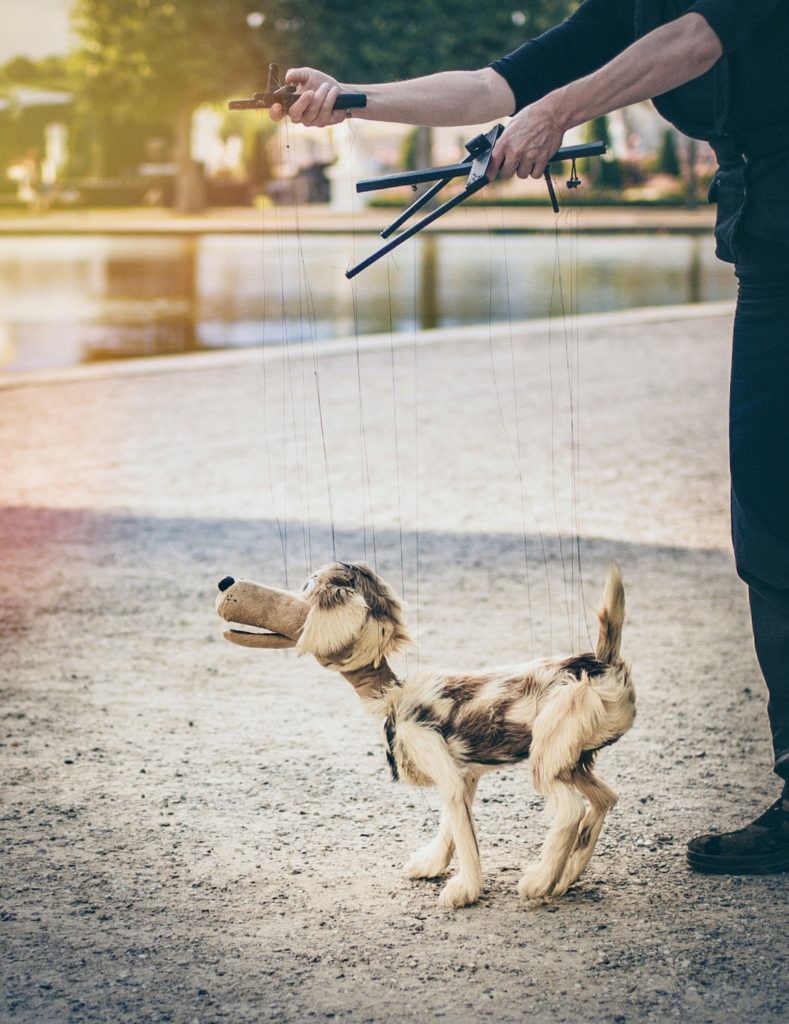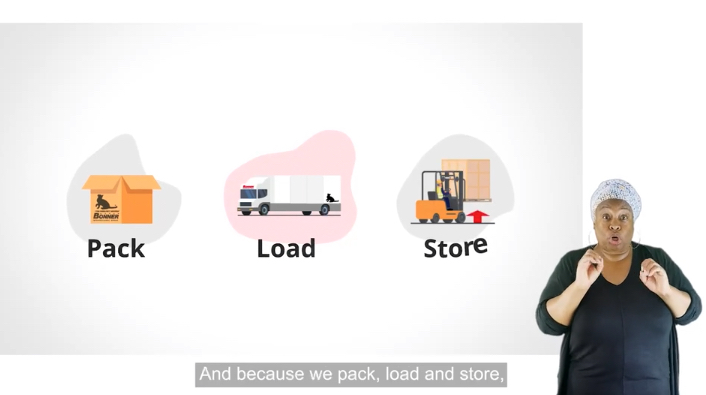You may be familiar with a certain lovable dog named Tukker who represented all of us stuck on our sofas during lockdown, yearning for that on the road adventure we all needed.
In fact this ad has been running almost constantly since July/August 2020, and after winning a Thinkbox Academy award it has done the AA very well, reminding drivers they will be by their side when they return to the driver’s seat.
But did you know that despite all of the restrictions on filming it was an extremely successful production, with the puppeteers in Latvia, live-streamed directors from Canada and the producers from AA on Zoom from their sofas in the UK.
The wide world of puppets
Styles of animation – whether physical or digital – have become inspiring options for many with the way we work changing in the last 2 years. The good thing about these different styles is that there are a host of ways to be creative.
Alicia, our newest recruit, has over six years of professional puppetry experience and has worked in both production and performing in front of the camera. Here is her expert breakdown of how she thinks the AA “That feeling” advert was made.
‘That feeling’ – Behind the scenes of our 2020 TV advert
The process of creating puppetry
Stage One – Concept
Just like any video – animated or live action – we start with a concept meeting. The initial ideas of the project are put down and everyone agrees on the overall look of the video, the characters we will use and the story we want to tell. From this meeting we get a sense of the style of project we might use and depending on our budget, what we can achieve in that time.
Stage 2 – Storyboarding
A storyboard is a frame-by-frame plan of what will happen on screen. This communicates clearly to both client and production team what the end video will look like. When this is signed off it tells the film crew what cameras, lighting, set and scenery they need to prepare, and most importantly tells the puppet builders what the puppet needs to do in each scene. This stage will also flag any unnecessary expenses. For example, having a group of puppets in a scene requiring many puppeteers, compared with having just one puppet in shot at a time needing only one or two! You can see the AA ad has chosen to keep it clean and simple, having one puppet (the main character of a dog), who will resonate with their broad target audience.
Stage 3 – Design and build: Prototyping
Using the storyboard as a guide, the puppet builder along with puppeteers (the people who perform the puppet) work out what they will need to achieve the actions for each individual shot. This can mean making many different versions of the same puppet, i.e. head and torso for a talking puppet with separate legs to see them walking. And you always have to bear in mind where you will hide the puppeteer! For the AA ad, they kept it simple, knowing they were going to use one marionette (a puppet operated from above using strings) and only needed to make one puppet. However, they knew at this stage they would have to decide between positioning the puppeteers out of shot from above – with long strings on a balcony, or having the puppeteers in green morph suits with a need to edit them out in post-production. Choosing to have the puppeteers closer to the puppet offers you more control and a more “human” movement style, whereas longer strings would have created a more “puppet” like movement, more similar to early children’s television.
Stage 4 – Research and Development
R&D is linked very closely to building the puppet, and may happen at any stage around storyboarding, prototyping and the final puppet build. It ensures you discover the best way of building and performing the puppet. For the AA ad, you can see they use research and development to find the best kind of fur that would blow well in the fan.
Stage 5 – Design and build: Final Puppet
When the prototype has been signed off and tested, the puppet build team can begin on the final version. Parts of the puppet may be carved by hand, or made with computer modelling software and 3D printed. Because we have already explored the possible pitfalls and successes during the R&D and prototyping stages we save money and time here, avoiding any possible mistakes and making sure we have the right puppet for the job on filming day!
Stage 6 – Rehearsal
The puppet is handed over from the puppet builders to the puppeteers. Using the storyboard, the puppeteers work out not only how they will best perform the puppet for the specific scenes, but mostly how they will hide themselves from the camera! With any number of bodies (from just one, all the way up to eight or more) operating one puppet, the more puppeteers you can hide, the more time and money you save in the editing suite after filming. From right at the storyboarding stage, to the end of rehearsal, the puppeteers will be in touch with the film crew – liaising on any special requirements, what pieces of set they can hide behind, or even sometimes raising the whole set so puppeteers can hide underneath the flooring. In the AA ad, we can see that the puppeteers perform to their laptop camera, so the remote directors and producers can check the puppet’s performance via Zoom.
Stage 7 – Filming
After all the preparation, the film crew and puppeteers come together to capture the live footage for the video. As you can see in AA’s video, there are two puppeteers in green morph suits who perform behind the puppet, which has clear strings and a green controller which will all be removed in post production. Film days are when there are the most people working together on set, and therefore the most expensive. A shoot will go smoothly depending on the foundation of preparation, avoiding any possible mistakes which have already been discovered in the prototyping, research and development and rehearsal stages. If you invest a the right amount of time in these pre-production stages, you can eliminate unexpected filming delays and overtime, overall making the project very lean, efficient and on budget.
Stage 8 – Post production, editing, adding voice over and music
With all the footage captured, it’s handed over to the editing suite where the footage is initially cleaned to remove puppeteers, strings and controllers. This is massively impacted by the project preparation, as hours of time can be lost editing out the heads and hands of puppeteers who crept into shot. With them removed, it brings the character completely to life. The project then moves into the final edit, colour correction and things like motion graphics, voice over and a backing track are added as the finishing touches.

Puppetry requires more investment and development compared to digitally animated characters, but it creates much more impact in short and snappy marketing, really engaging your audience and building empathy. But not all puppetry requires bespoke puppets to be designed and built. Many current ads use object puppetry, such as big name John Lewis and its “Joy of Home” ad, showcasing their furniture range by bringing it to life, or use stop motion as we explored in our earlier blog post which you can find here.
John Lewis for the Joy of Home
At Square Daisy we have many skills at our fingertips. Speak to us to find out how we can help with your project.

